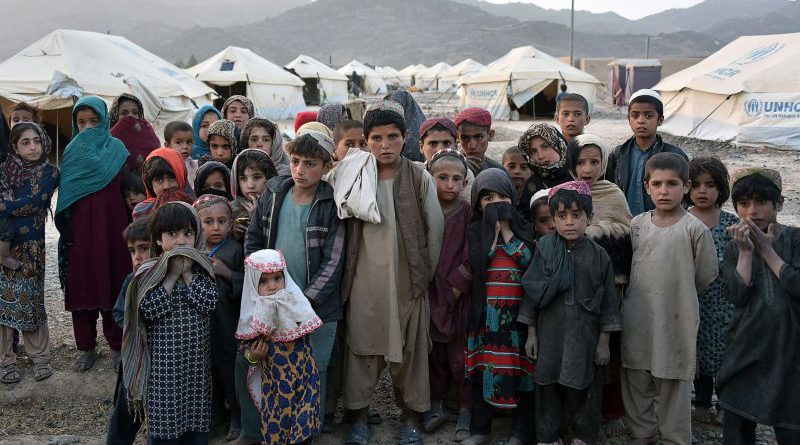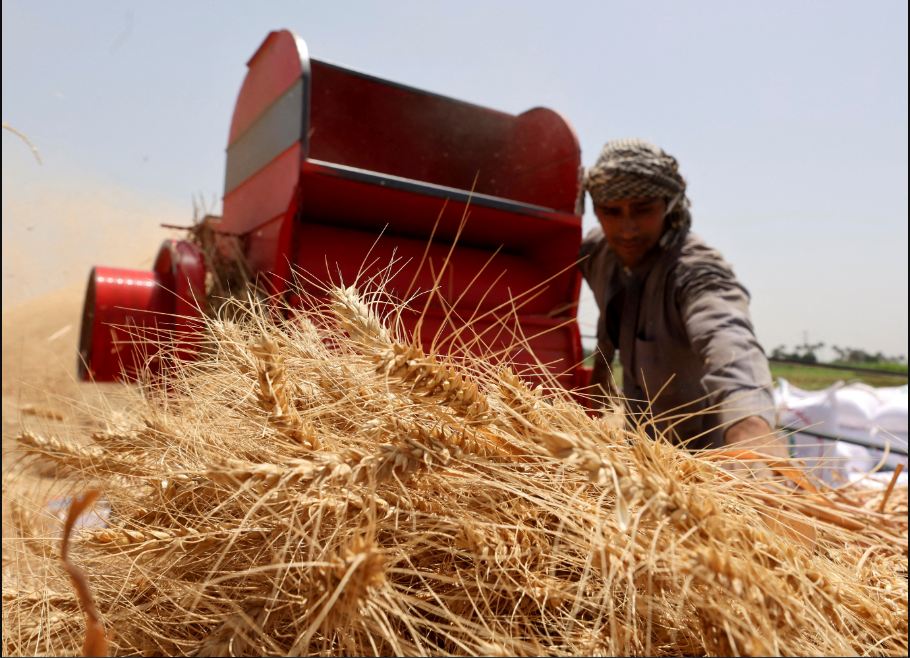Afghan Refugee Children—The Silent Crisis We Cannot Ignore
South Asian governments, especially Pakistan and India, must take bold steps to integrate refugee children into local schools.
For more than four decades, Afghan families have been on the move, fleeing war, political turmoil, and the endless cycle of violence that has plagued their homeland. They sought safety in neighboring countries—primarily Pakistan and India—hoping to rebuild their lives in dignity. Yet, behind every political statement, diplomatic meeting, and policy debate lies a quieter tragedy: the lost childhoods of Afghan refugee children.
In Pakistan alone, the United Nations High Commissioner for Refugees (UNHCR) estimates that over 1.4 million registered Afghan refugees currently live in the country. A significant proportion of them are school-age children. But for most of these children, the idea of attending school remains a distant dream. Financial hardships prevent families from paying school fees, while legal barriers and documentation issues often exclude them from local education systems. Even when access exists, language barriers leave many children unable to cope.
This educational vacuum forces young Afghan boys and girls into paths no child should have to take. Some end up working in brick kilns, carpet factories, or roadside shops to support their families. Others are pushed into early marriages, robbing girls of their adolescence and their chance at independence. For many, informal jobs replace classrooms, and survival becomes their only curriculum.
Girls suffer the most under these circumstances. In refugee camps and marginalized urban settlements, Afghan girls are often kept away from school due to cultural stigma and fears about safety. Parents worry about harassment, the lack of secure learning environments, and the long walks to poorly resourced schools. The result is heartbreaking—an entire generation of Afghan girls remains invisible to the education system.
The consequences are not confined to the refugee families alone; they ripple outward into host countries and the region as a whole. Experts have repeatedly warned that an uneducated refugee population is not merely a humanitarian challenge but a long-term security risk. Deprived of knowledge and opportunity, children are left vulnerable to exploitation, poverty cycles, and even radicalization. Without education, they risk becoming what aid agencies term a “lost generation”—a demographic with little chance of contributing productively to the societies around them.
The truth is sobering: Afghan refugee children do not lack intelligence, curiosity, or resilience. What they lack is opportunity. And opportunity can only come if governments, international organizations, and civil society recognize education as a humanitarian priority rather than a luxury.
South Asian governments, especially Pakistan and India, must take bold steps to integrate refugee children into local schools. This requires political will, financial support, and, above all, compassion. Incentives can be introduced for local schools that admit refugee children, while community-based programs can help overcome resistance from parents worried about costs or cultural gaps. Non-governmental organizations and aid agencies can also play a vital role by offering bridge programs that teach local languages, easing the transition for Afghan students.
The international community, too, must rise above rhetoric. Too often, we hear expressions of sympathy for Afghan refugees, but support rarely translates into long-term solutions. Financial aid should be targeted toward education infrastructure in refugee-hosting countries, not just short-term relief. Technology can also be harnessed—digital learning programs, low-cost tablets, and community learning centers can ensure that no child is left behind, even in remote camps.
At its core, education is not just about textbooks and classrooms. For Afghan refugee children, it is about reclaiming dignity, finding security, and nurturing hope for a future that is not defined by displacement. A child holding a schoolbag instead of a brick or a sewing machine is not just a symbol of personal progress—it is a promise of stability for the entire region.
History will judge us not only by how we sheltered Afghan refugees but also by how we enabled their children to dream again. Ensuring education for these children is not charity—it is justice. And justice, in this case, begins with the simple but powerful right to learn.



